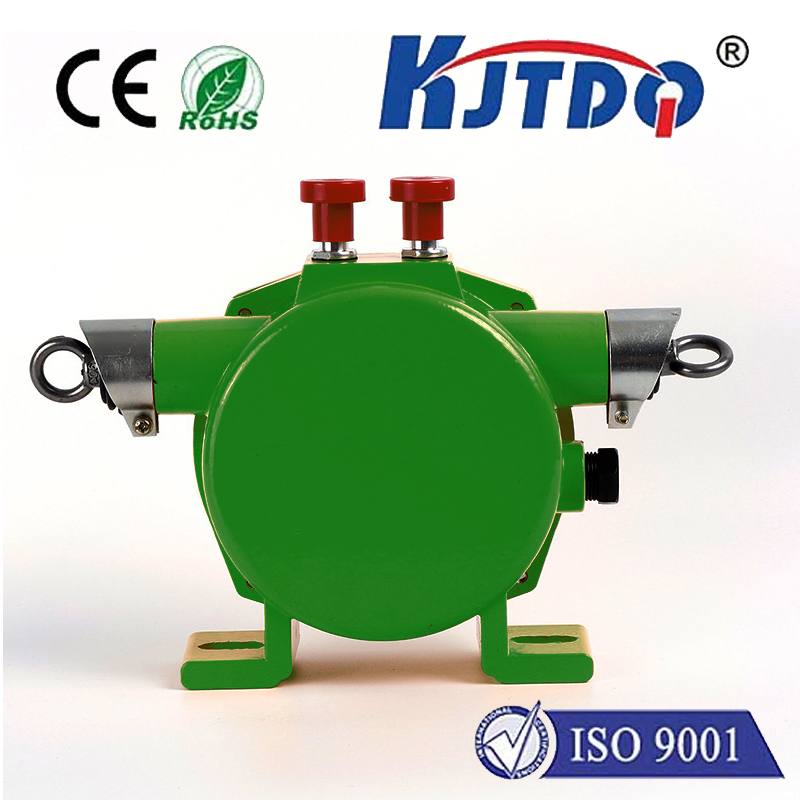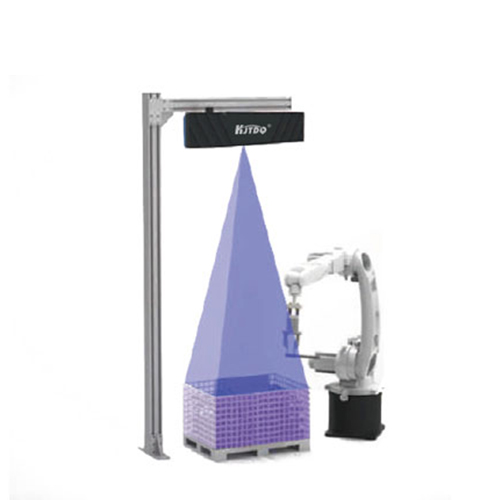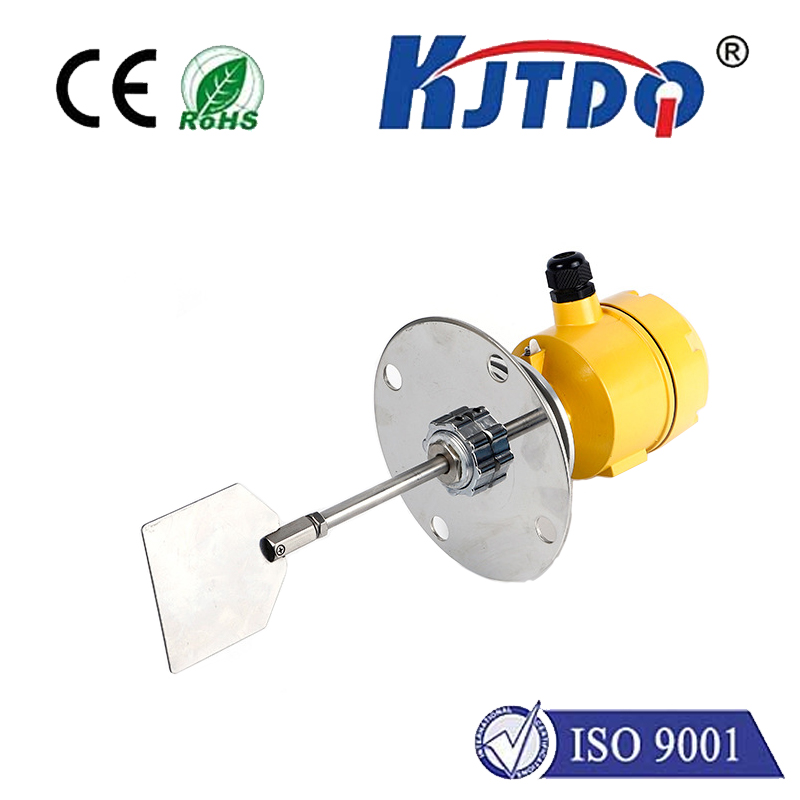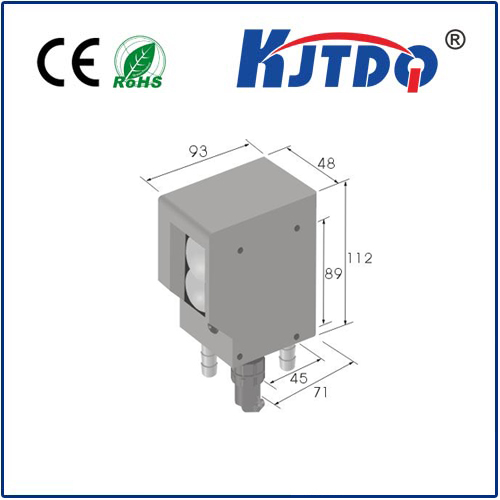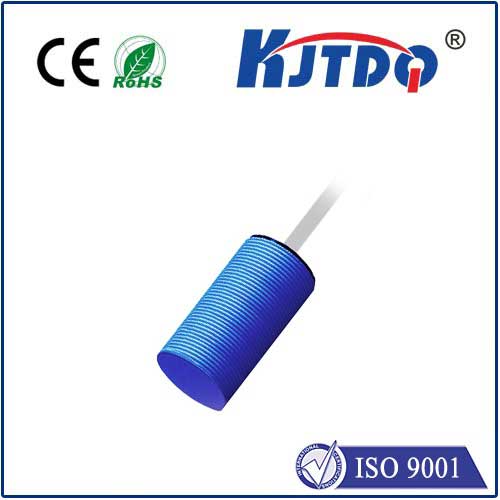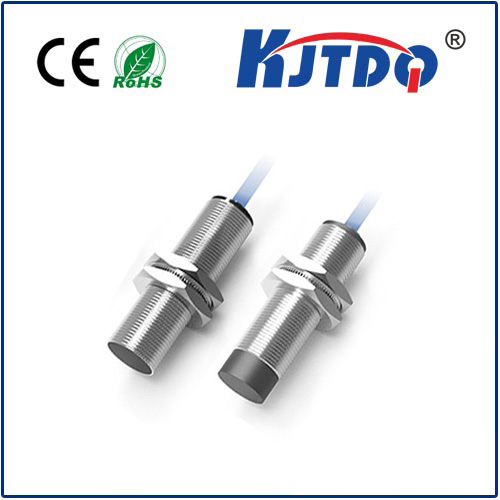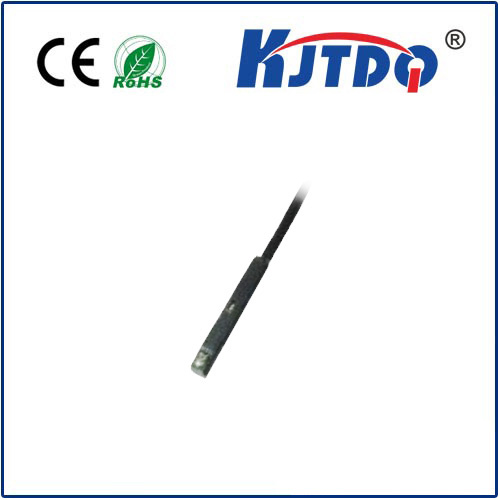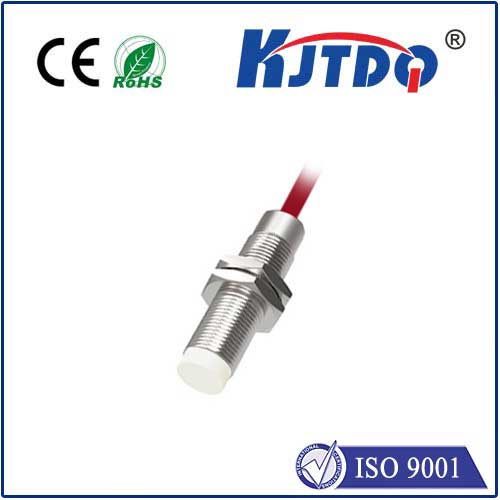fiber optic magnetic field sensor
- time:2025-08-14 14:28:47
- Click:0
Illuminating the Invisible: The Power of Fiber Optic Magnetic Field Sensors
For decades, measuring magnetic fields often meant bulky coils, susceptibility to interference, and challenging deployment in harsh environments. Enter the fiber optic magnetic field sensor (FOMFS), a revolutionary technology transforming how we detect and quantify these unseen forces. Leveraging the remarkable properties of light guided through hair-thin glass fibers, these sensors offer unique advantages that are opening doors to previously unimaginable applications. This article explores the fascinating world of FOMFS, delving into their principles, types, and the compelling benefits driving their adoption across industries.
Unlike traditional sensors relying on electrical currents induced in coils (like Hall effect sensors or fluxgates), fiber optic magnetic field sensors primarily utilize the interaction between light and magnetic fields within the optical fiber itself or attached sensing elements. This fundamental difference unlocks their key strengths. The most common physical effects exploited are:

- The Faraday Effect: This is the magneto-optic effect where the polarization plane of light propagating through a suitable optical material rotates under the influence of a magnetic field applied parallel to the light’s direction. The rotation angle is proportional to the magnetic field strength. By precisely measuring this rotation, often using specialized fiber (like flint glass or highly doped silica) or magneto-optic crystals attached to the fiber, the magnetic field can be determined with high sensitivity.
- Fiber Interferometry: Magnetic fields can cause minute changes in the physical properties (length, refractive index) of an optical fiber or an attached magnetostrictive material (which expands/contracts in response to a magnetic field). These changes alter the phase of light traveling through the fiber. Sophisticated interferometric techniques (like Mach-Zehnder, Michelson, or Fabry-Perot configurations) detect these tiny phase shifts with exceptional precision, converting them into magnetic field measurements.
- Other Mechanisms: Sensors based on fiber Bragg gratings (FBGs) coated with magnetostrictive material, where the magnetic field strain shifts the grating’s reflected wavelength, or magneto-plasmonic effects are also being actively researched and developed.
Fiber optic magnetic field sensors are broadly categorized based on their sensing mechanism:
- Intrinsic vs. Extrinsic: Intrinsic sensors rely on the fiber core/cladding itself being sensitive to the magnetic field (e.g., via Faraday effect in special fiber). Extrinsic sensors use the fiber purely for light delivery to/from a separate sensing element (e.g., a magneto-optic crystal or magnetostrictive material attached at the tip).
- Interferometric vs. Non-Interferometric: A critical distinction lies in whether they rely on measuring interference patterns caused by phase shifts (interferometric - highly sensitive but potentially complex) or directly measure changes in light intensity, polarization, or wavelength (non-interferometric - often simpler, like Faraday rotation sensors).
So, why is there such growing excitement around fiber optic magnetic field sensors? Their advantages are significant and address critical limitations of conventional technologies:
- Immunity to Electromagnetic Interference (EMI): Being made of dielectric glass, fiber optic sensors are fundamentally immune to EMI and radio frequency interference (RFI). This is arguably their most crucial advantage, enabling reliable operation in electrically noisy environments like power transformers, switchyards, electric motors, and industrial facilities – places where traditional sensors struggle or fail.
- Intrinsic Safety: The absence of electrical currents at the sensing point makes FOMFS intrinsically safe. They eliminate spark risks, making them ideal for potentially explosive atmospheres (oil & gas, mining), flammable material handling, and near high-voltage equipment.
- Corrosion Resistance & Harsh Environment Resilience: Optical fibers, typically made from fused silica, are highly resistant to corrosion from water, chemicals, and salt. They can operate reliably in environments detrimental to metal-based sensors, including subsea applications, deep mines, or chemical plants.
- Compact Size, Lightweight, and Flexibility: The thin, flexible nature of optical fibers allows for minimally invasive sensing and deployment in confined or complex spaces. Distributed sensing along kilometers of fiber cable is also possible with certain techniques.
- High Sensitivity and Dynamic Range: Advanced interferometric FOMFS achieve exceptional sensitivity, capable of detecting very weak magnetic fields. Simultaneously, they often offer a wide dynamic range, handling both tiny fluctuations and stronger fields within a single sensor.
- Passive Operation and Low Power Consumption: The sensing element typically requires no electrical power at the remote point; the light source and detection electronics can be located far away. This enables passive operation and significantly reduces power requirements, especially beneficial for remote or battery-powered installations.
- Remote Sensing Capability: Light can travel long distances in optical fibers with minimal loss. This enables the placement of critical sensing electronics (laser, detector, processor) hundreds of meters or even kilometers away from the actual measurement point, enhancing safety and flexibility in hazardous or inaccessible locations.
- Potential for Multiplexing: Multiple sensors can often be integrated along a single fiber optic line using techniques like wavelength division multiplexing (WDM) or time division multiplexing (TDM), reducing cabling complexity and cost for multi-point monitoring systems.
These compelling benefits are driving the adoption of fiber optic magnetic field sensors in diverse and demanding fields:
- Power Systems: Monitoring currents and magnetic fields in high-voltage transformers, circuit breakers, busbars, and substations for condition monitoring, fault detection, and protection – leveraging their EMI immunity and intrinsic safety near high voltages.
- Industrial Automation & Motors: Measuring currents and magnetic fields in electric motors, generators, and drives for performance optimization, efficiency monitoring, and predictive maintenance, especially within EMI-heavy industrial settings.
- Scientific Research: Detecting extremely weak magnetic fields in areas like geophysics (earthquake precursors, mineral exploration), fundamental physics (searching for dark matter, magnetic monopoles), and laboratory experiments requiring high precision and EMI-free environments.
- Defense & Security: Applications include undersea surveillance (detecting submarines via magnetic anomalies), non-destructive testing (NDT) of structures and materials, and securing facilities against tampering.
- Biomedical Sensing: Potential uses include magnetoencephalography (MEG) for brain activity mapping (though still research-focused) and monitoring magnetic fields generated during magnetic resonance imaging (MRI) for quality control and safety.
- Transportation: Current sensing in electric/hybrid vehicles and trains, and potentially magnetic navigation systems.
Looking ahead, ongoing research focuses on enhancing performance metrics like sensitivity and bandwidth, reducing costs associated with specialized materials and signal processing, and developing more robust packaging for extreme environments. Integration with wireless communication and the Internet of Things (IoT) is also a key trend, enabling real-time, remote magnetic field monitoring networks.
The evolution of fiber optic magnetic field sensor technology continues at a rapid pace. From providing critical data in the heart of power grids to enabling groundbreaking scientific discoveries in shielded laboratories, their unique blend of EMI immunity, safety, resilience, and sensitivity makes them indispensable tools in the modern measurement landscape. As the technology matures and becomes more accessible, we can expect fiber optic sensors to illuminate our understanding and control of magnetic fields in an ever-expanding array of applications.













